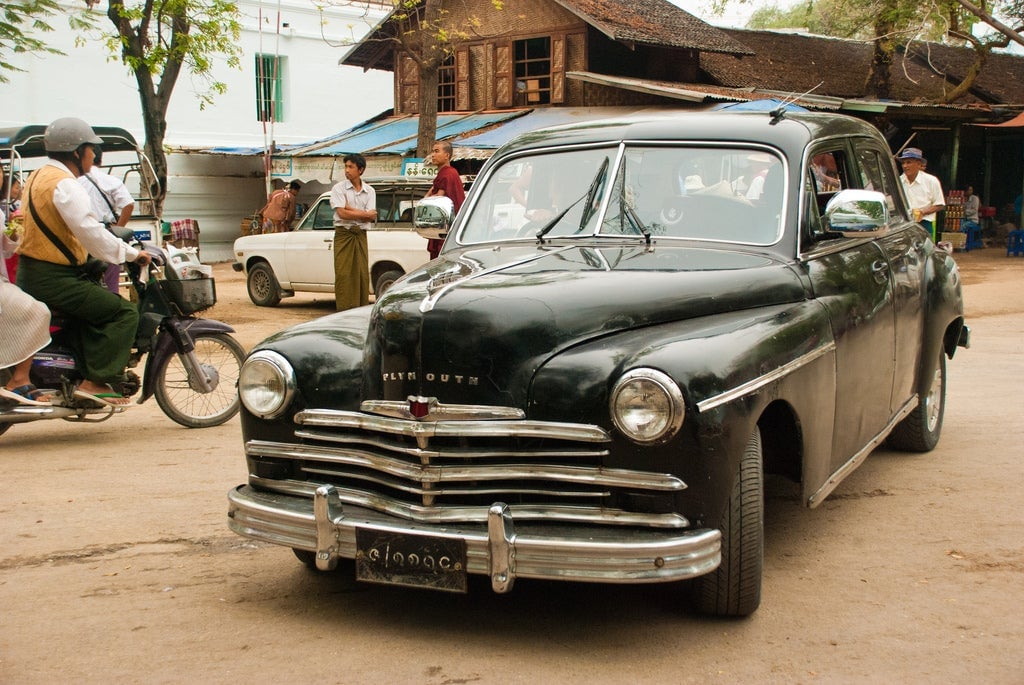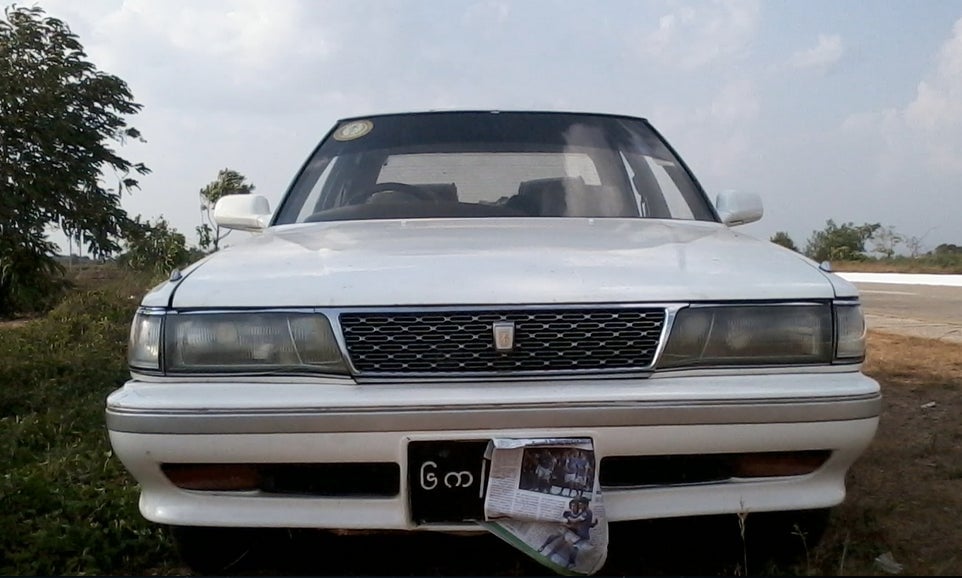Ford ventures into Myanmar, where rusty second-hand Japanese cars rule the road
Ford Motor said today it will begin selling trucks, sport utility vehicles, and sedans in Myanmar by the end of the year. The move sets Ford up to be the first global automaker to sell new cars in a country that’s only now emerging from decades of international isolation.

Ford Motor said today it will begin selling trucks, sport utility vehicles, and sedans in Myanmar by the end of the year. The move sets Ford up to be the first global automaker to sell new cars in a country that’s only now emerging from decades of international isolation.
Interestingly, what Ford sees as its advantage—the fact that most cars on the road in Myanmar are old second-hand models—is also an obstacle. “A lot of cars on the roads here are 10, 20 years old, and have no customer warranty, no service,” said David Westerman, a regional manager with Ford Asia Pacific, speaking at a press conference today. Over 80% of cars being driven in Burma are over 10 years old, Ford told Quartz. But most Burmese can’t afford cars. The country is Southeast Asia’s poorest, with almost a third of its citizen living in poverty.
Moreover, Ford, which plans to open a showroom, service center and a parts warehouse in Rangoon through a partnership with Myanmar’s Capital Automotive, has to battle against old habits. Burmese residents who have been able to afford cars are used to driving second-hand Japanese models, often from the 1980s and 1990s—similar to Cuba’s fleets of American cars dating from the 1950s and 1960s. Last year, a government official said 90% of cars in Myanmar were used Japanese vehicles. Most used cars sell for between $15,000 and $22,000, according to Irrawaddy Magazine, based in Bangkok.

Government regulation could also be a problem. The Burmese government only lifted import restrictions in 2011, which caused a boom in car sales. Only since last year could cars of models after 2008 be sold in the country. One dealer told the Irrawaddy that he can’t plan what to import because the government changed its regulations four times last year.
Other multinationals like PepsiCo, Coca-Cola, Google and carmakers like Daimler AG, which makes Mercedes, also have plans to tap the Burmese market. The lifting of US and EU sanctions combined with the country’s rich natural resources and large working population are expected to give rise to an expanding middle class. If that happens, there is indeed huge potential for car purchases. In Myanmar only 10 in 1,000 residents own passenger cars, compared to the average 50 per 1,000 residents in other Asian countries, Eric Heymann, an economist at Deutsche Bank, told the Irrawaddy.
